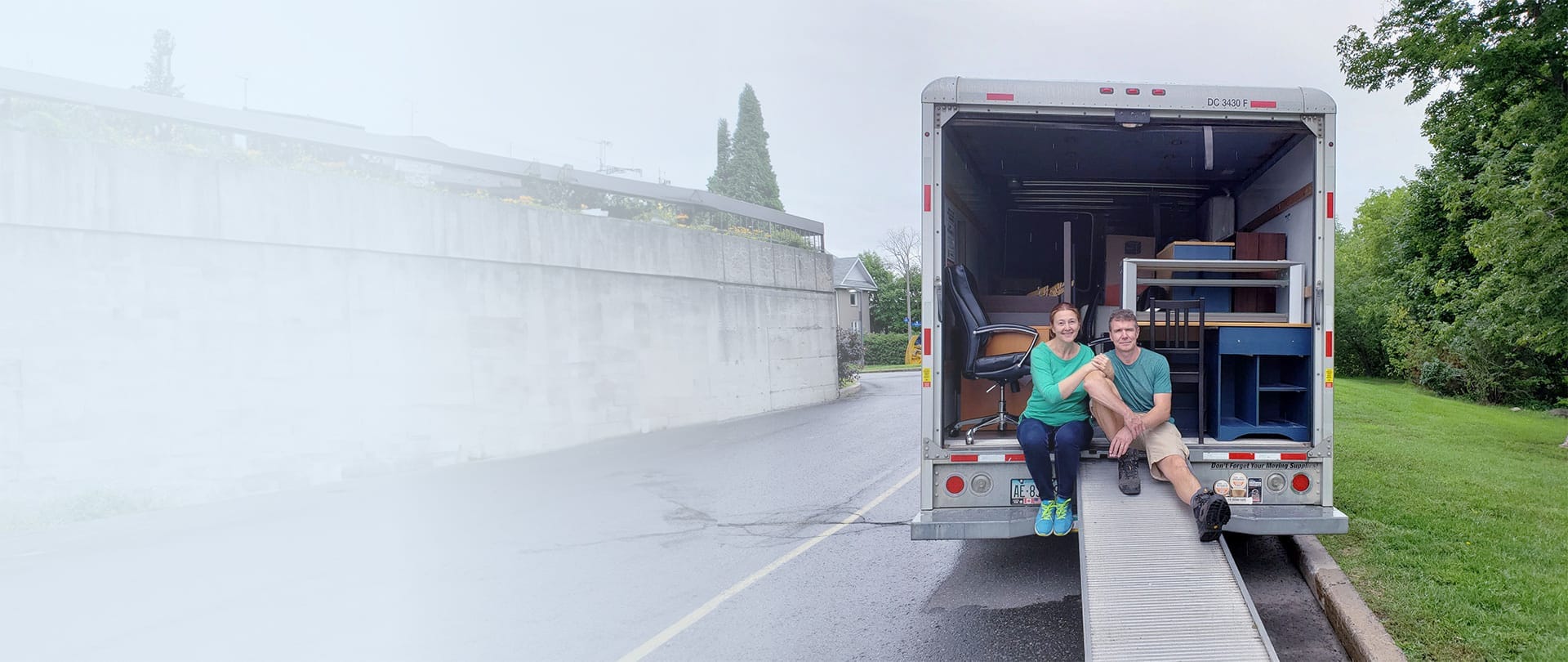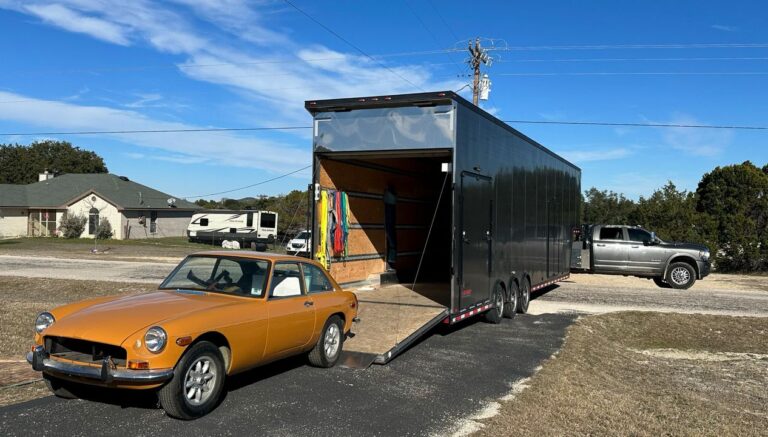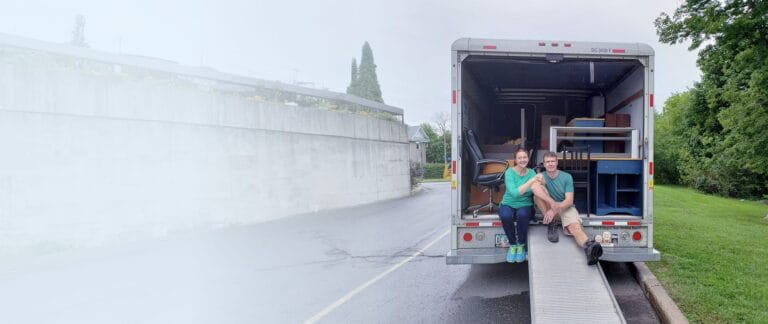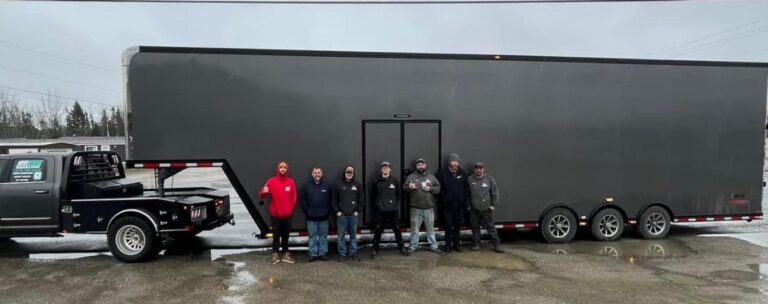Planning a long-distance move can be both exciting and overwhelming. With so many details to manage, it’s easy to feel stressed. But don’t worry—First Class Relocation is here to guide you through the process! We’ve put together a complete checklist to help you stay organized and ensure that your move goes smoothly from start to finish.
1. Create a Moving Timeline
The key to a successful long-distance move is starting early. The earlier you begin planning, the more time you’ll have to handle unexpected issues. Here’s a suggested timeline:
- 8-12 Weeks Before Moving: Start decluttering and organizing.
- 6-8 Weeks Before Moving: Research and book your moving company.
- 4-6 Weeks Before Moving: Begin packing non-essential items.
- 2-4 Weeks Before Moving: Notify utilities, service providers, and update your address.
- 1-2 Weeks Before Moving: Pack essentials and prepare for moving day.
2. Declutter Your Home
Moving is the perfect time to go through your belongings and decide what you no longer need. Take it room by room and create four piles: keep, sell, donate, and discard. This will not only reduce the amount of stuff you need to pack but also save you money since long-distance moves are often charged by weight.
- Tip: Sell or donate gently used furniture and clothing you no longer need. This will lighten your load and may even earn you some extra cash.
3. Research and Hire a Reliable Moving Company
Hiring a professional, reliable moving company like First Class Relocation is crucial for a stress-free long-distance move. Be sure to book your movers at least 6-8 weeks in advance, especially if you’re moving during peak season (spring and summer).
- What to Look for in a Moving Company:
- Fully licensed and insured
- Experience with long-distance moves
- Positive customer reviews
- Transparent pricing with no hidden fees
At First Class Relocation, we specialize in long-distance moves and provide personalized moving solutions tailored to your specific needs. Contact us for a free estimate and let us handle the heavy lifting!
4. Create an Inventory List
Once you’ve decluttered and are ready to pack, make an inventory of your belongings. This will help you stay organized and keep track of everything during the move. You can do this by writing everything down or using a mobile app to photograph your items and log them digitally.
- Why It’s Important:
- Ensures you don’t leave anything behind.
- Helps in case of any loss or damage during the move.
- Makes unpacking easier since you’ll know what’s in each box.
5. Gather Packing Supplies
Before you start packing, make sure you have all the supplies you need. Stock up on boxes, packing tape, bubble wrap, packing paper, and markers. It’s also a good idea to get some specialty boxes for fragile or valuable items like electronics and artwork.
6. Start Packing Early
Packing always takes longer than expected, especially for a long-distance move. Begin with items you don’t use daily, such as seasonal clothes, decorations, and non-essential kitchenware. As moving day approaches, pack up the remaining essentials.
- Packing Tips:
- Pack room by room to stay organized.
- Label each box with the room it belongs to and a brief description of its contents.
- Use plenty of padding for fragile items to avoid damage.
- Don’t overfill boxes—keep them under 50 pounds to prevent breaking and injury.
7. Notify Utilities and Change Your Address
Don’t forget to notify your utility providers and change your address before the move. Make a list of the services you’ll need to transfer or cancel, including electricity, water, internet, and cable. Set a date to have services disconnected at your old home and connected at your new one.
- Change of Address:
- Post Office: Submit a change of address request to have your mail forwarded to your new home.
- Banks and Credit Card Companies: Update your address with any financial institutions.
- Subscriptions: Update your address for any magazine, streaming service, or subscription boxes.
8. Pack a “First Night” Essentials Box
There’s nothing worse than arriving at your new home after a long trip and not being able to find essential items like toiletries, bedding, or a phone charger. To avoid this, pack a “first-night” essentials box that includes everything you’ll need for your first 24 hours in your new home.
- What to Pack:
- Toiletries (toothbrush, toothpaste, soap, shampoo)
- A change of clothes
- Basic kitchen items (plates, utensils, coffee maker)
- Chargers for electronics
- Medications and first aid supplies
9. Prepare Your Vehicle for the Trip
If you’re driving to your new home, make sure your vehicle is ready for a long journey. Get an oil change, check the tire pressure, and pack an emergency kit in case of a breakdown.
- Tip: If you’re moving across the country, consider shipping your car instead of driving it. Many long-distance moving companies, including First Class Relocation, offer car shipping services.
10. Confirm All Moving Day Details
A few days before the move, call your moving company to confirm the details. Make sure everything is scheduled correctly and that the movers have the correct pickup and drop-off addresses. This is also a good time to review the final estimate and discuss any special instructions or items that may require extra care.
11. Moving Day: Stay Organized
When moving day arrives, it’s time to put your plan into action! Stay organized by keeping all your important documents, inventory lists, and essentials in one place. Be present to oversee the loading process and ensure that the movers know where to place items at the destination.
- Tip: Make sure to do a final walk-through of your old home to check for any forgotten items, especially in closets, basements, or attics.
12. Unpacking and Settling In
Once you’ve arrived at your new home, it’s time to unpack. Start by setting up the essential rooms like the kitchen, bathroom, and bedroom. Then, unpack room by room, referring to your labeled boxes and inventory list to stay organized.
Take your time with the unpacking process and focus on making your new space feel like home!
Final Thoughts
Moving long-distance doesn’t have to be stressful when you have a solid plan in place. By following this comprehensive checklist, you’ll stay organized, prepared, and ready for the big day. And remember, when you choose First Class Relocation, you’re not just hiring a moving company—you’re choosing peace of mind.
Let us help you with your long-distance move! Contact First Class Relocation today for a free estimate and let our team make your move as smooth as possible.











